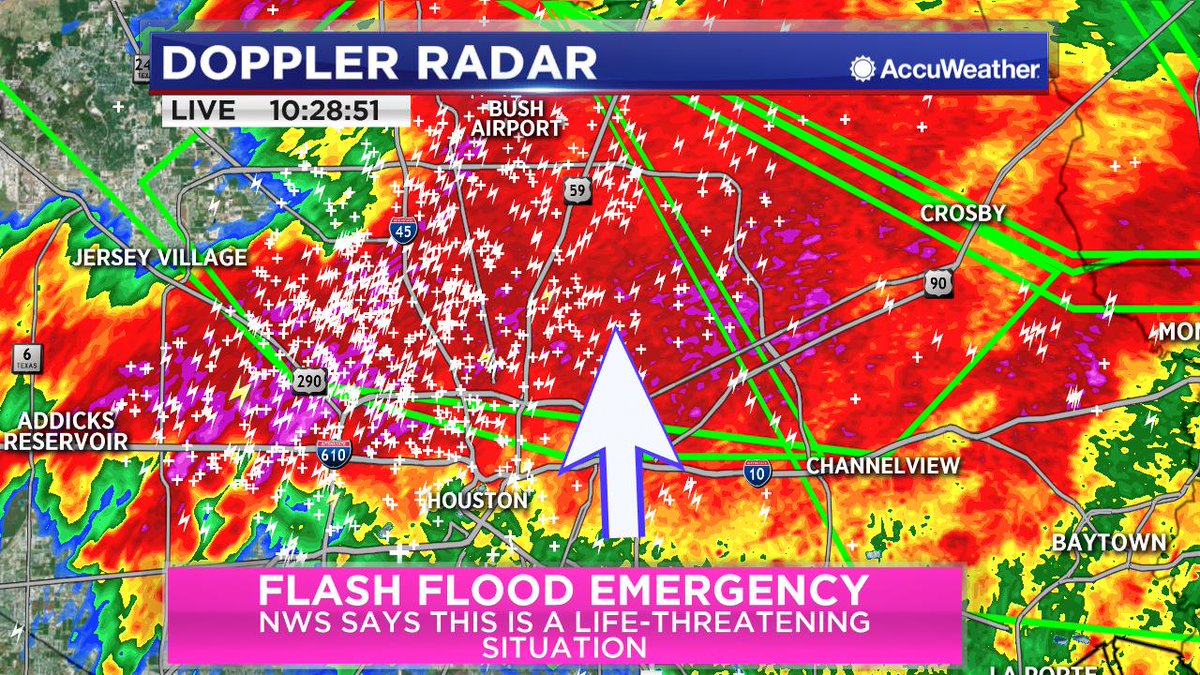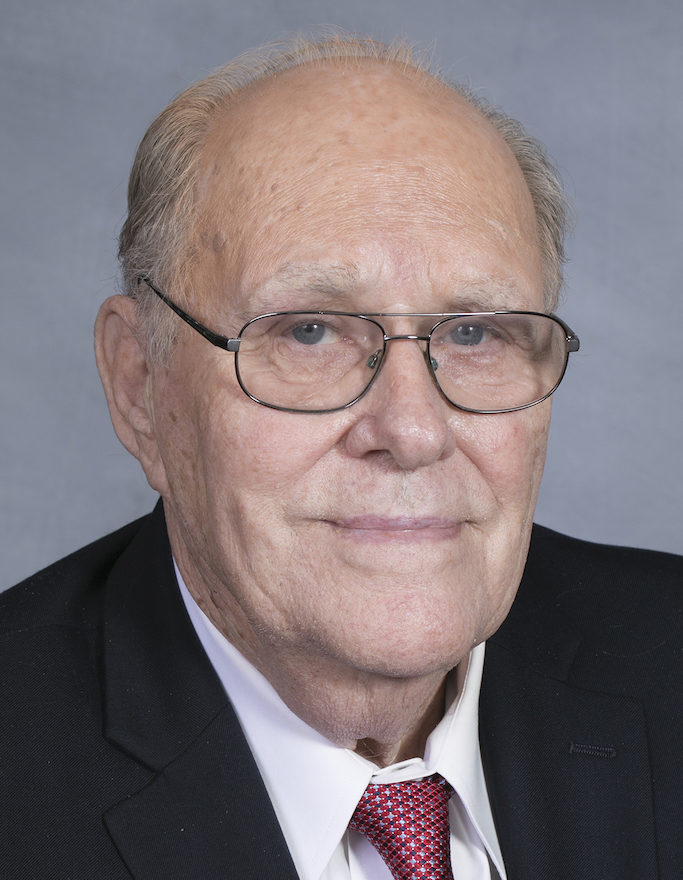
In its desperation, the FBI resorted to unconstitutional methods to pursue the Weathermen, including warrantless break-ins and electronic surveillance of family members of Weathermen leaders. 6 7ĭespite a significant investigation, costing an estimated $86.6 million in 2020 dollars, the FBI was never able to catch and secure prosecution of any major Weatherman participants, two of whom appeared on the Bureau’s list of ten “Most Wanted” fugitives.

Burrough has written that members of the left-wing National Lawyers Guild provided crucial financial and other assistance to the Weathermen. Capitol, the Pentagon, and aiding in the prison escape of LSD guru Timothy Leary. Noteworthy actions included bombings of the U.S. The Weathermen conducted at least 25 bombings between 19, and after May 1970 began phoning ahead warnings that prevented injuries after June 1970. This meeting and a subsequent public declaration in December 1970 promoted a false mythology that the townhouse bombers had been a violent and misguided faction within a larger Weatherman movement that had supposedly always pursued only property damage, and not personal injury. In May 1970, on the run from the FBI following the townhouse explosion and discovery of the Detroit bombs, the Weathermen leadership declared the organization would pivot to a strategy of non-lethal bombings.

On the same day, the New York City Weathermen faction, working on bombs intended for Fort Dix, accidentally detonated a device, collapsing the townhouse in which they were working, killing three of them. Operating on the advice of an FBI informant, local law enforcement in Detroit discovered and disabled two large explosives on the morning of March 6. 1 2 3Įckstein and Burrough both provided strong evidence that two coordinated Weathermen bombing plots set for March 6, 1970, were intended to produce massive fatalities among police in Detroit, Michigan, and among military personnel who would be attending a dance at Fort Dix, New Jersey. As late as 2003, several former Weathermen leaders were the subject of a federal probe into the February 1970 bombing-murder of a San Francisco, California, police officer that occurred two days after a known-Weatherman bombing that injured police in nearby Berkeley.

While no murders have been conclusively tied to the Weathermen, police officers were injured in at least two Weatherman attacks.
JIM TILLMAN WEATHERMAN PROFESSIONAL
In separate books detailing the history of the Weathermen, professional historian Arthur Eckstein and Vanity Fair journalist Bryan Burrough used law enforcement documents and personal recollections of numerous former Weathermen leaders to demonstrate that through at least May 1970 the organization aggressively promoted efforts to kill police officers and military personnel as part of its goal of sparking the violent overthrow of the U.S.

What became known as the Weather Underground began in 1969 as “Weatherman,” a dominant faction within Students for a Democratic Society (SDS), a left-wing-turned-revolutionary Communist organization that split apart shortly after founding of Weatherman. The Weather Underground (also known as Weatherman or the Weathermen) was a radical-left violent extremist group that was active from the late 1960s through the mid-1970s. For more see: Students for a Democratic Society, Bill Ayers and Bernardine Dohrn


 0 kommentar(er)
0 kommentar(er)
